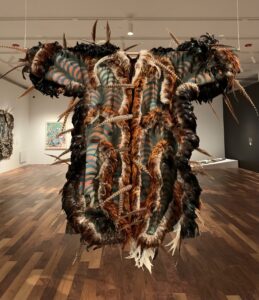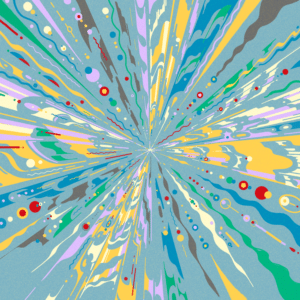An impressive assembly of objects—including paintings, costumes, furniture, and religious items, many of which have never been exhibited outside of China—are now on view at the Smithsonian’s Freer|Sackler as part of “Empresses of China’s Forbidden City, 1644–1912.” The exhibition explores how empresses of the Qing dynasty exerted influence in the arts, religion, politics, and diplomacy.
The lives of the Qing dynasty empresses offer a compelling tale of opulence and influence as told in this first-ever, in-depth exhibition of the subject. Their vital presence over the 260-year course of the Qing is brought to light through an unprecedented assembly of spectacular objects. Featured are royal portraits, paintings depicting court life, seals and symbols of imperial power, Buddhist sutras and other objects of religious devotion, along with costumes, jewelry, tableware, and furniture that were used by the empresses in the imperial complex known as the Forbidden City.
The empresses’ significance in shaping Qing history is told through the objects made for, about, and by them. Dispelling a common misapprehension that the women were passive figures, the exhibition breaks stereotypes of them as being merely glamorous or subservient wives. Instead, these women frequently traveled, rode horses, and performed myriad royal duties, from playing a dynamic role in the imperial family to being praised as the “Mother of the State.” Many empresses expressed ambition, displayed intelligence, and some challenged protocol—even the tradition that “women shall not rule.” The exhibition allows us to see how the empresses exerted influence in the arts, religion, politics, and diplomacy. By reclaiming multiple dimensions of their lives, we also direct attention to the broader issue that women’s accomplishments are too often left untold.
Most of these artworks are from the Palace Museum, and many have never been exhibited outside of China. This extraordinary exhibition, accompanied by a major catalogue, is organized by the Peabody Essex Museum in Salem, Massachusetts; the Freer|Sackler in Washington, DC; and the Palace Museum in Beijing, China.







